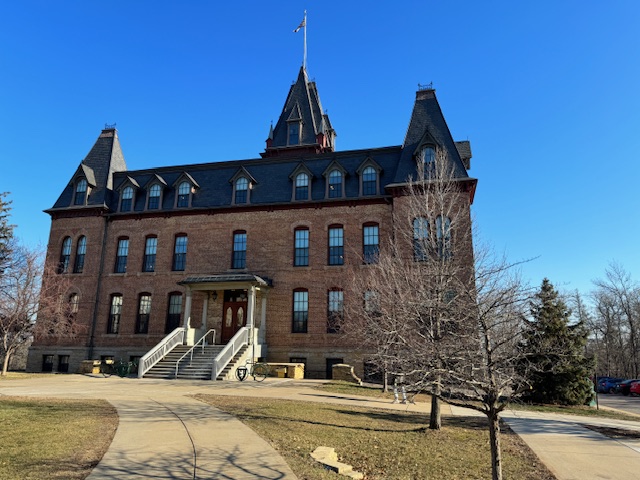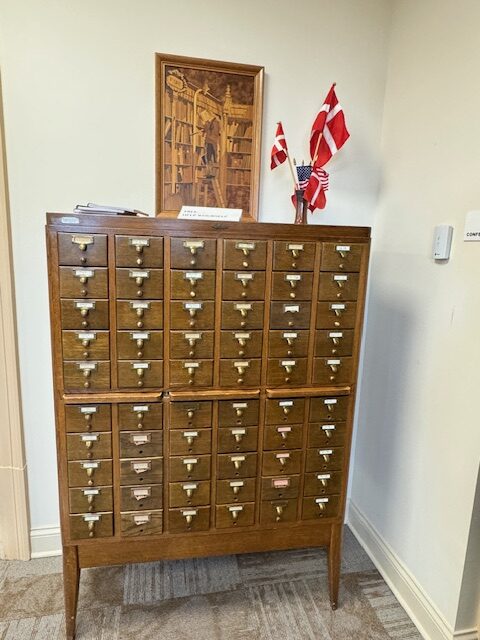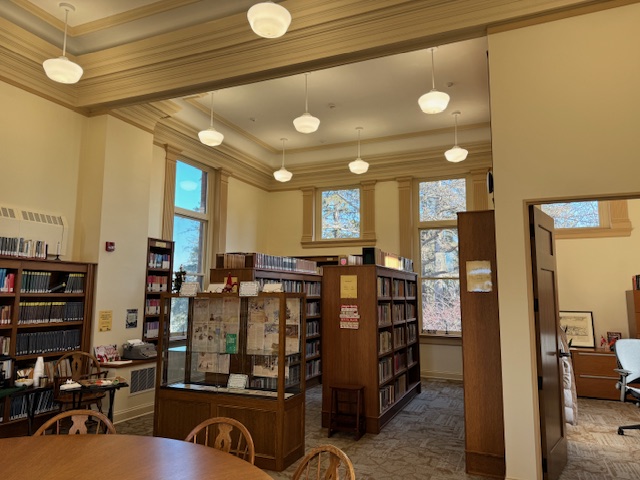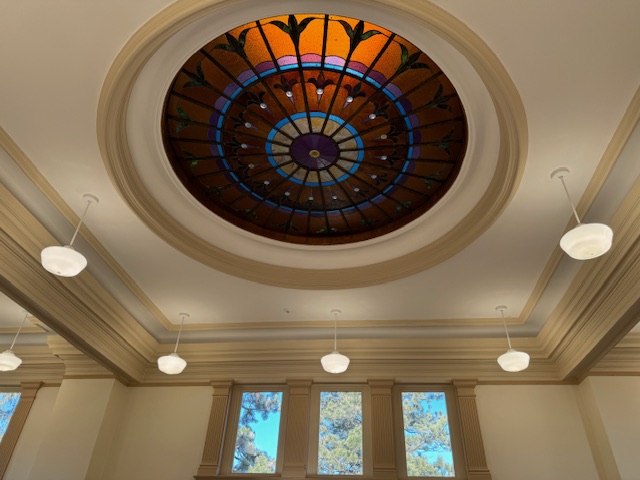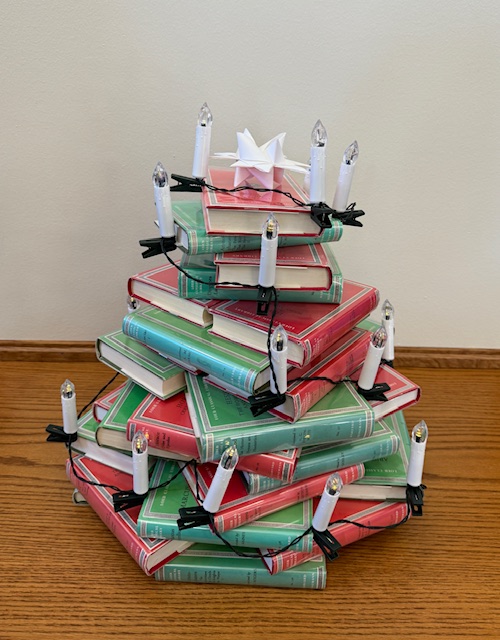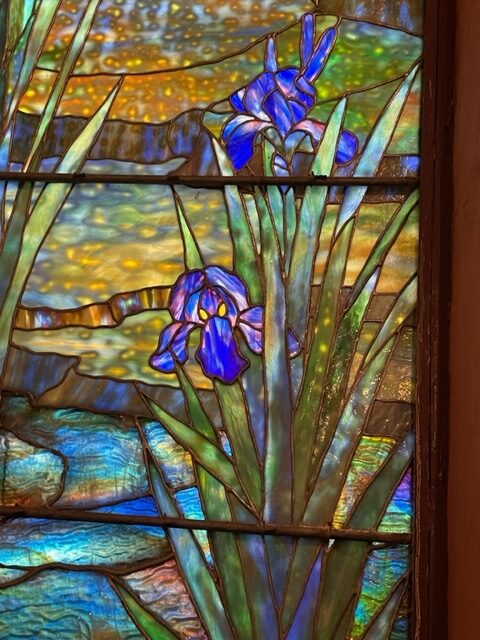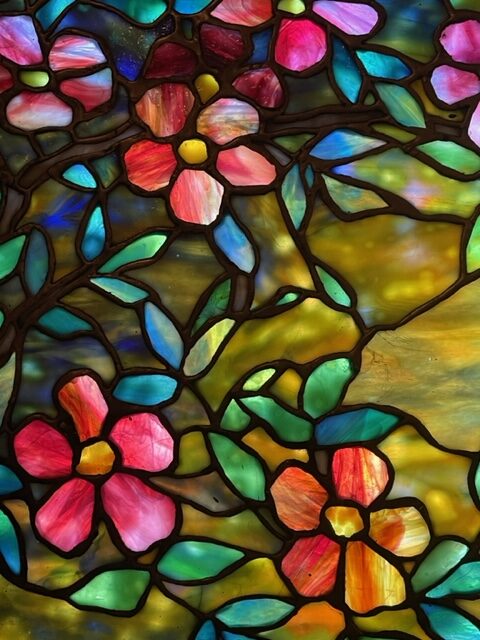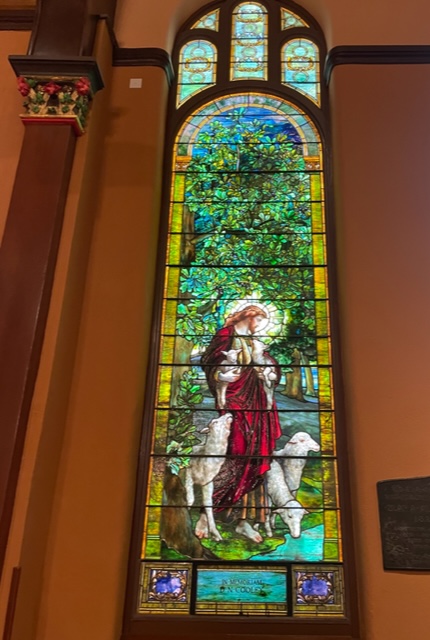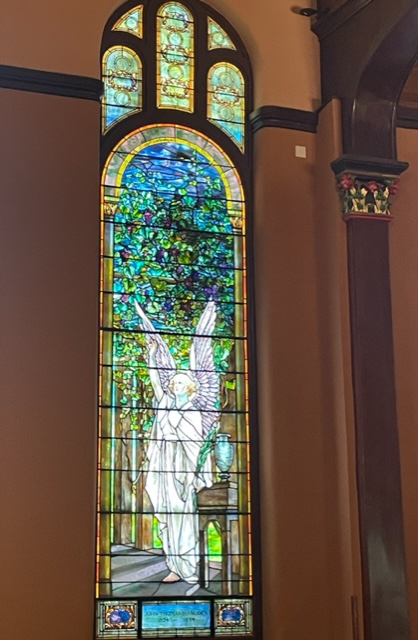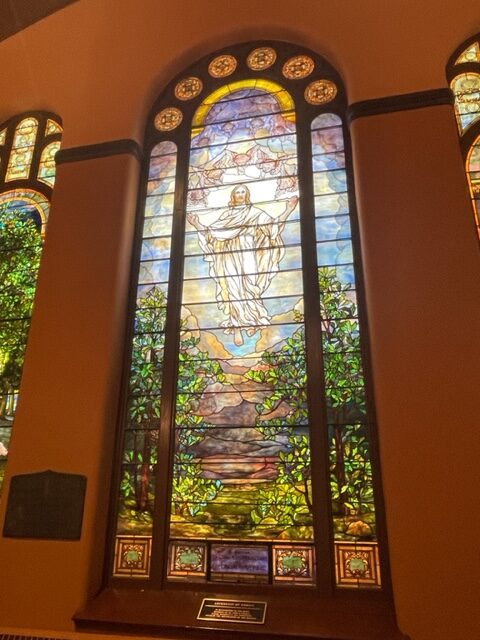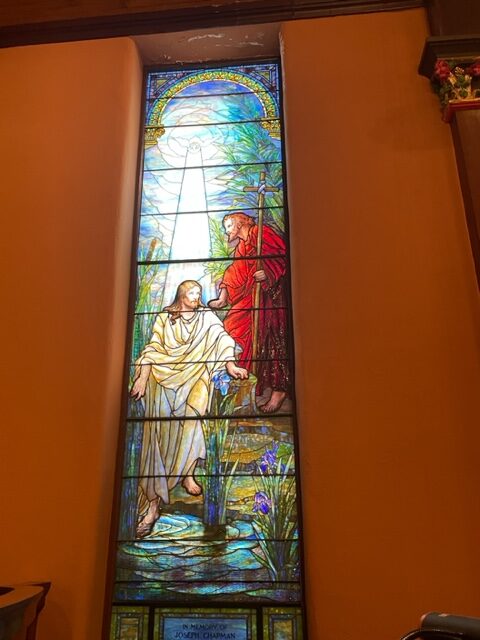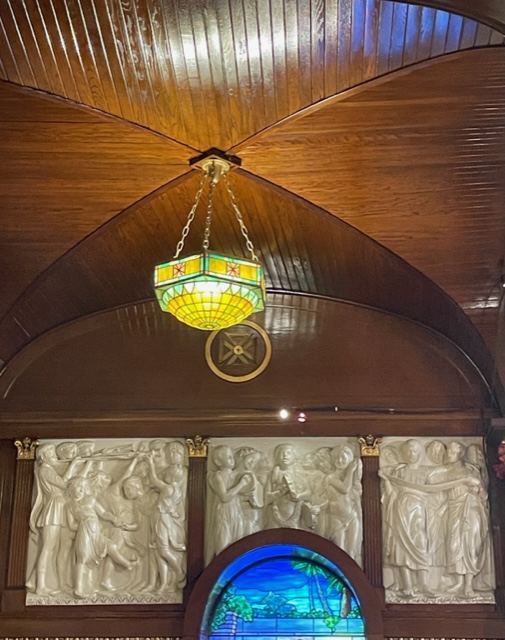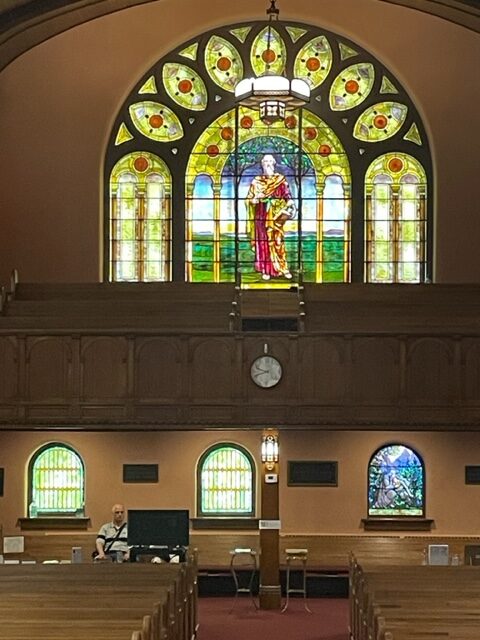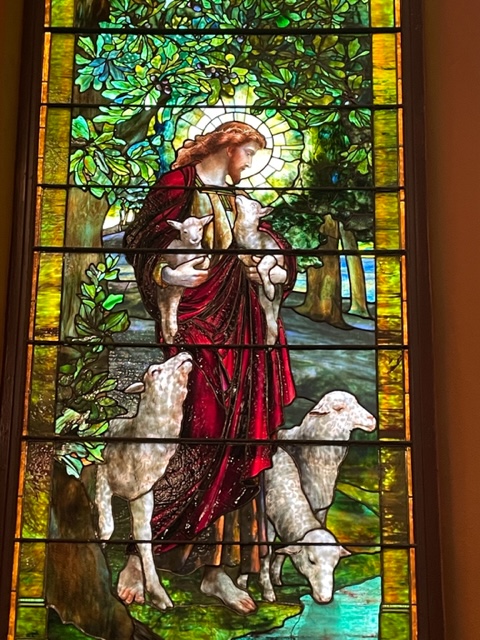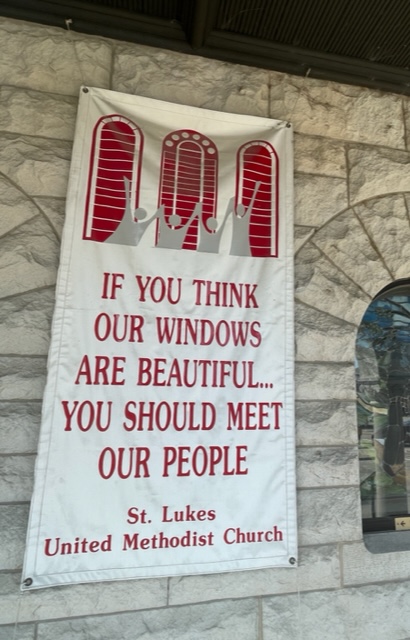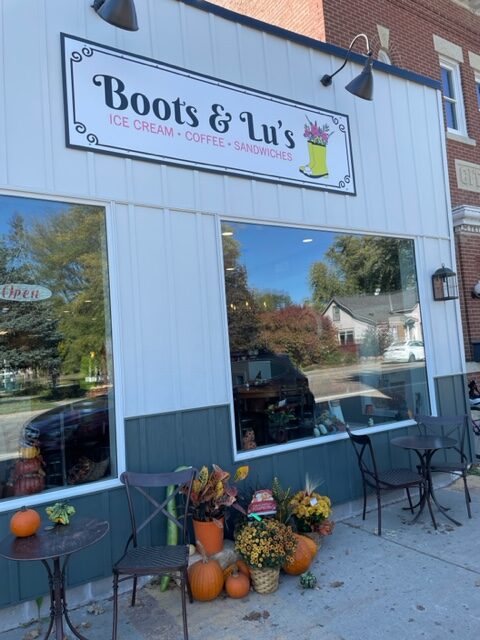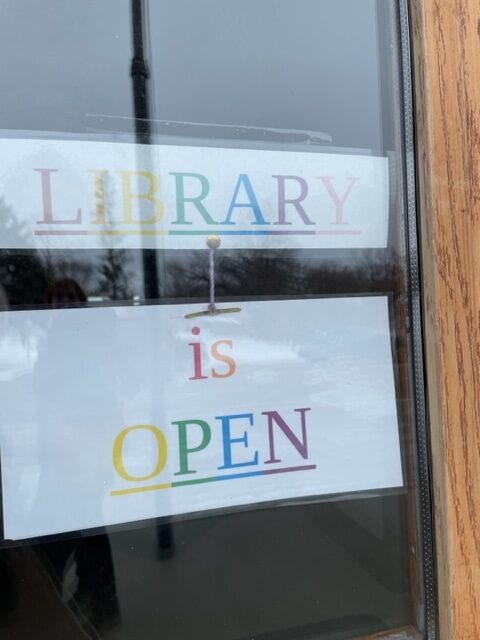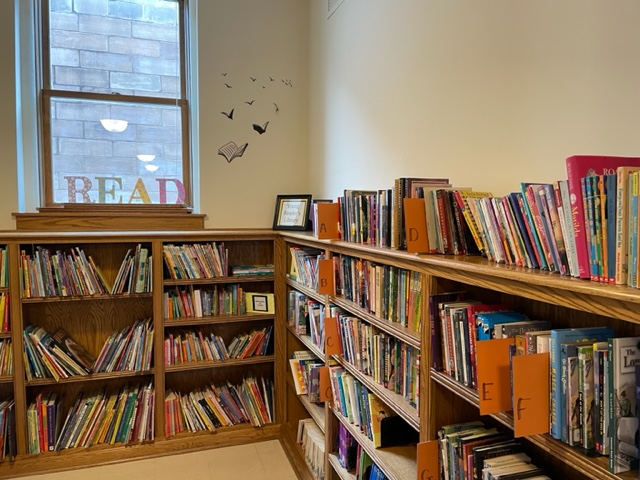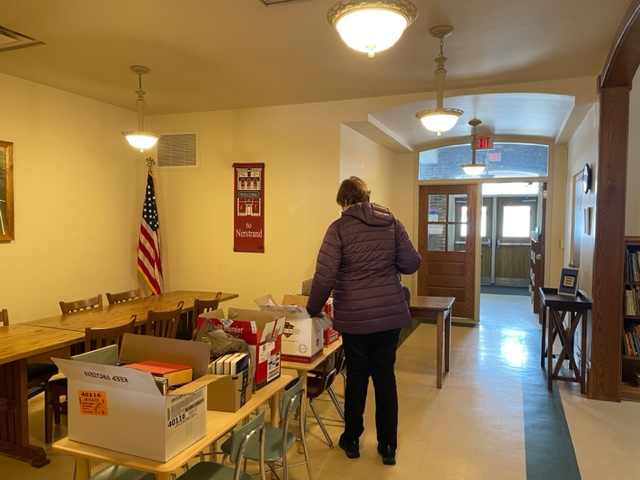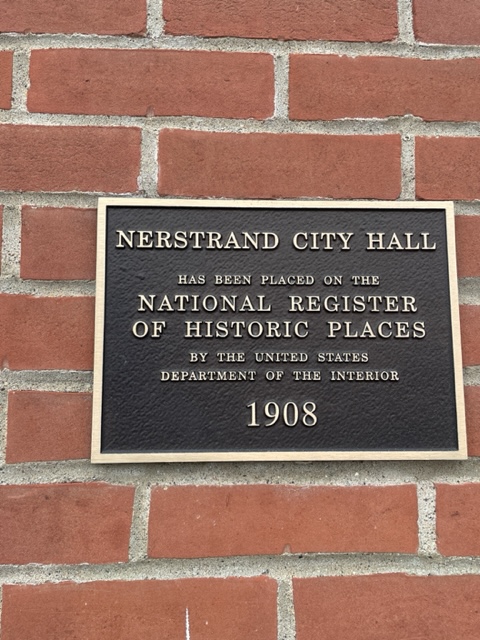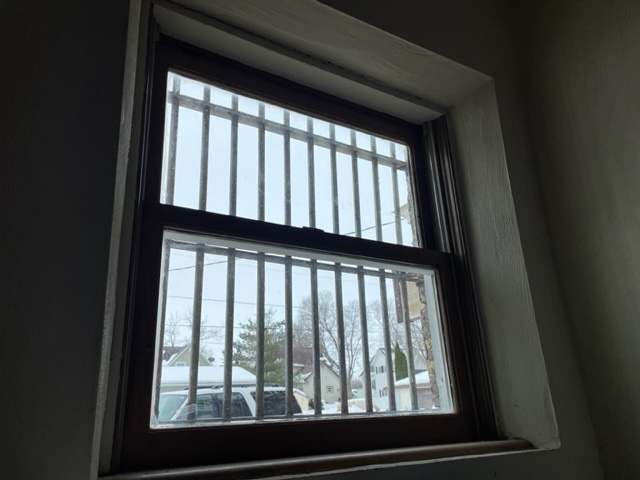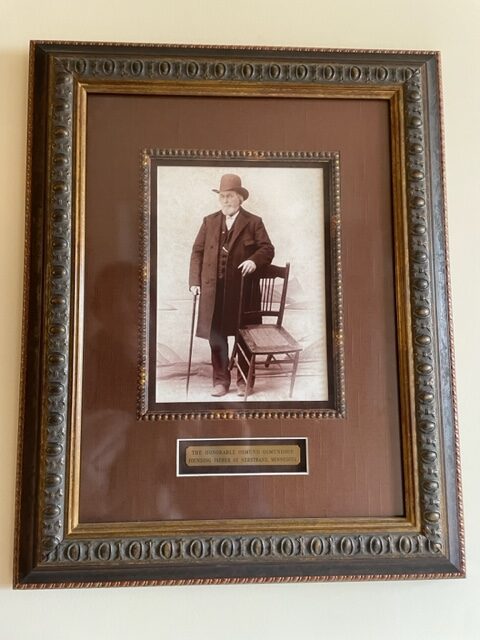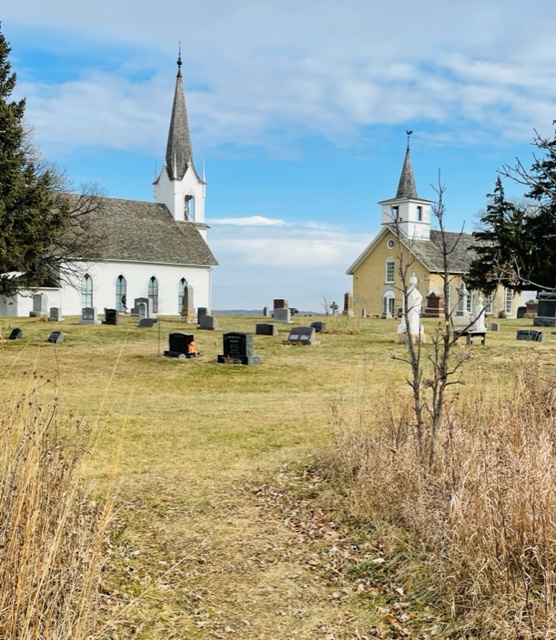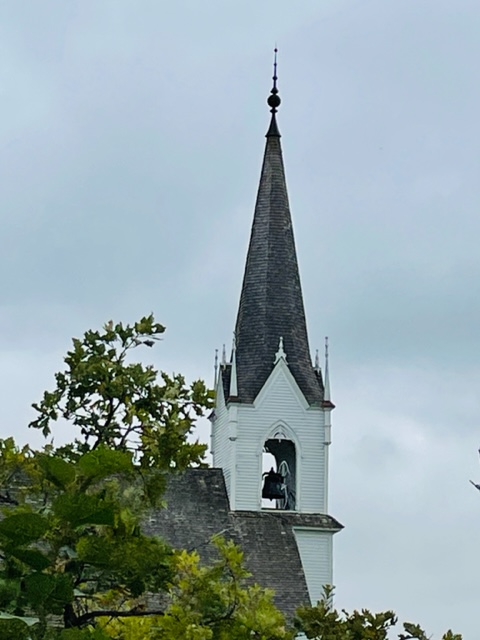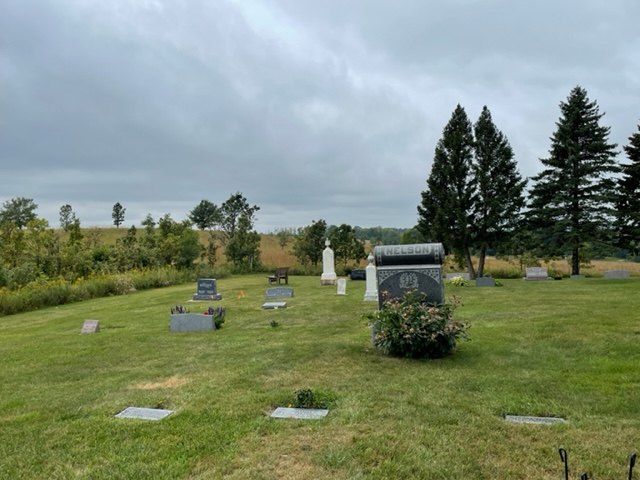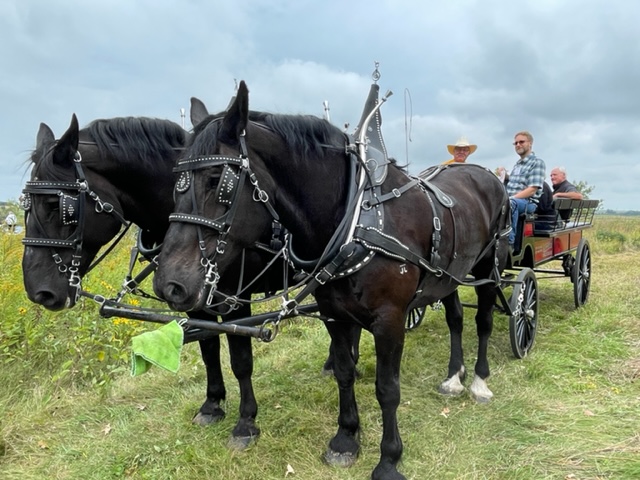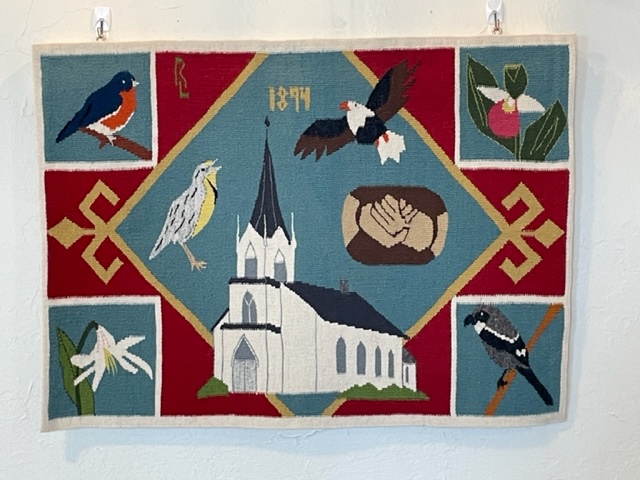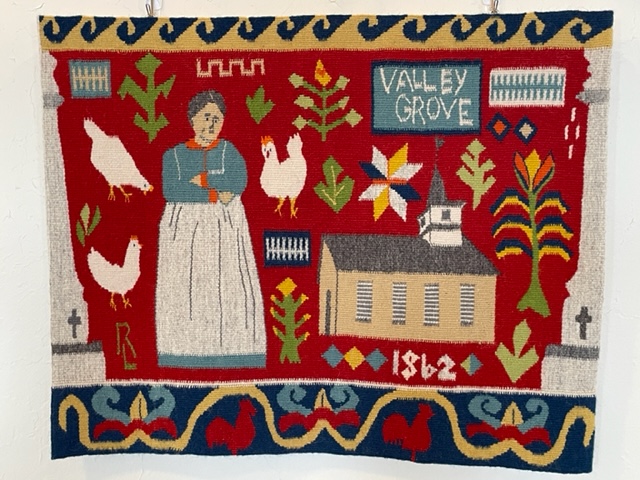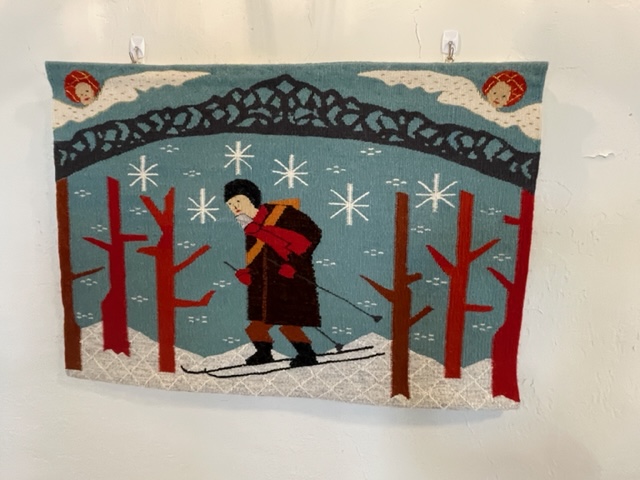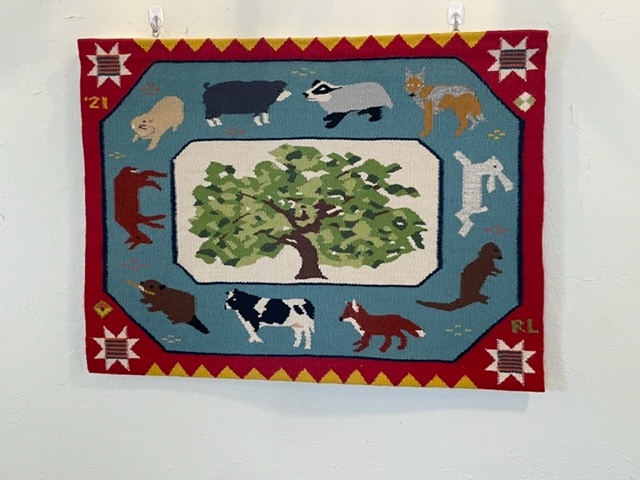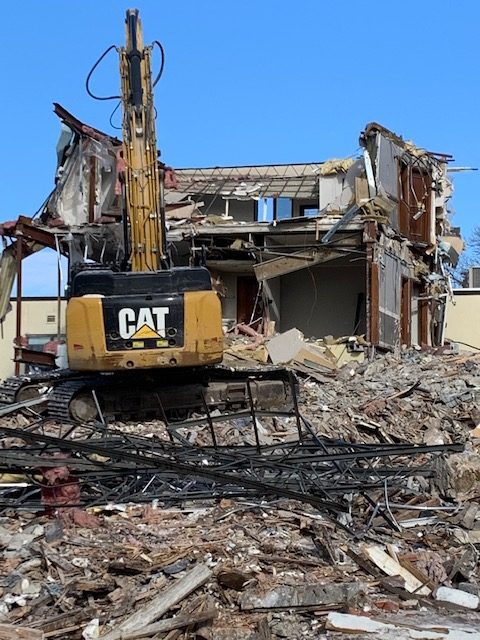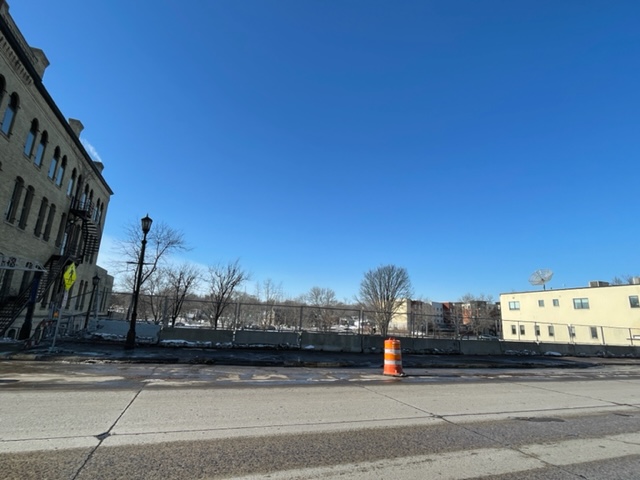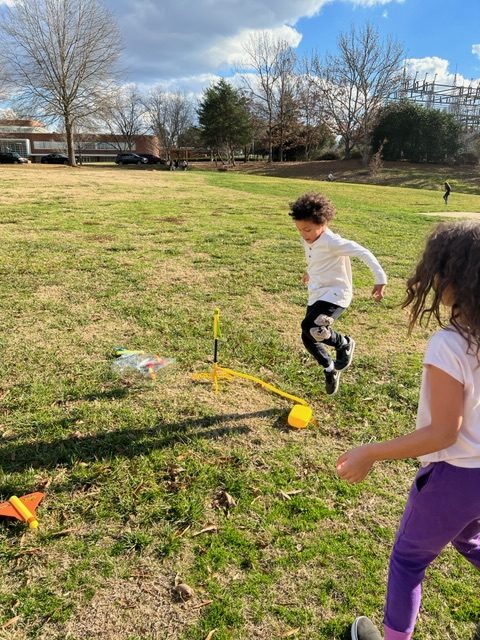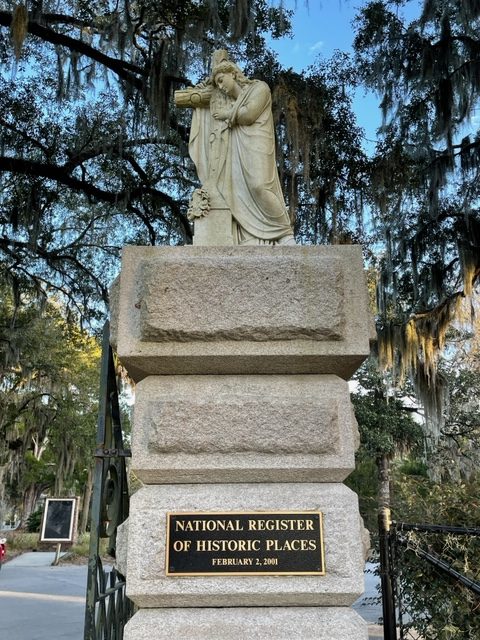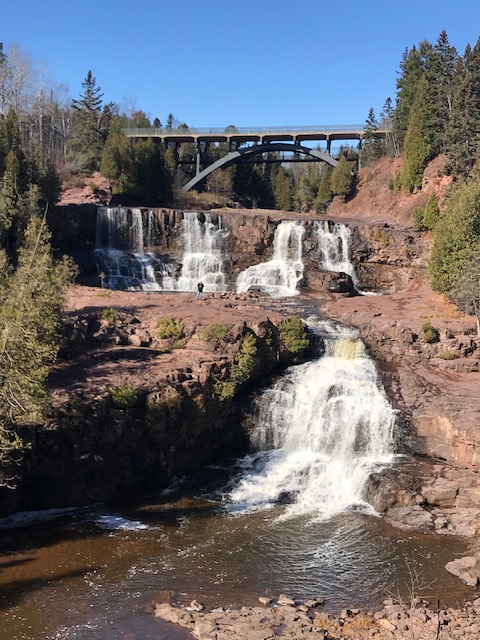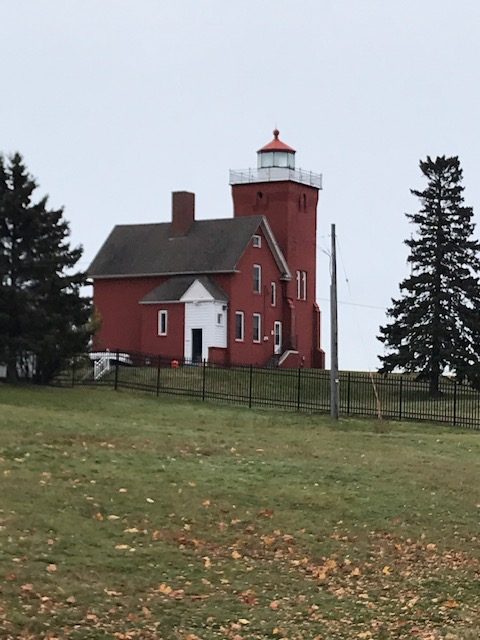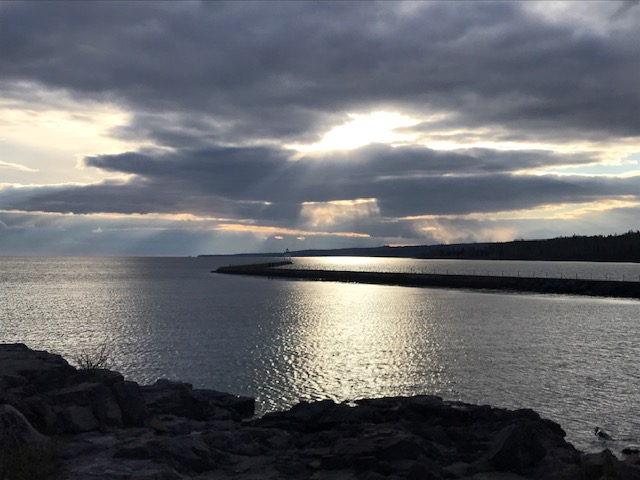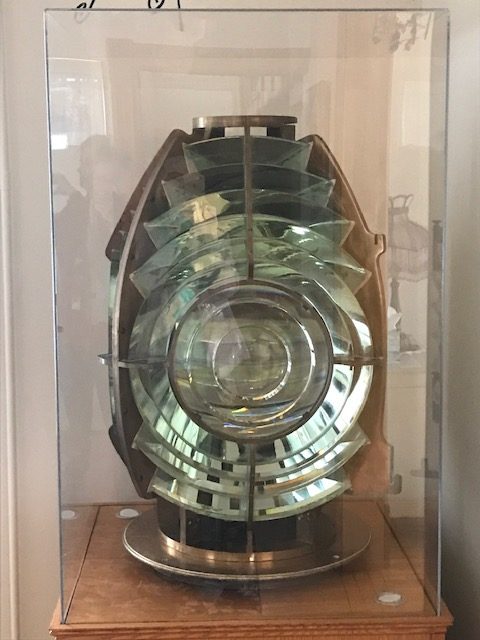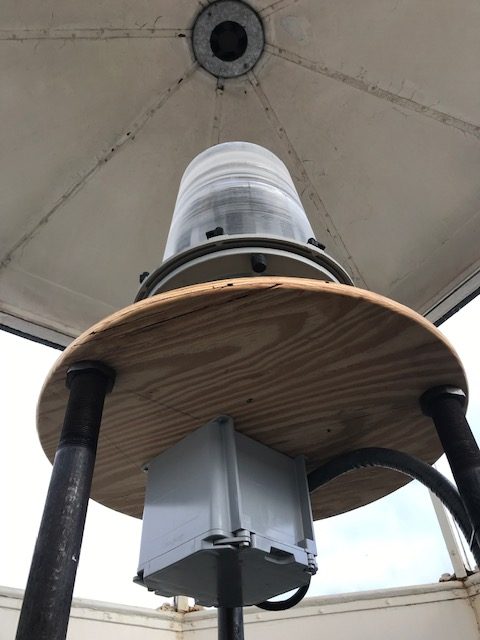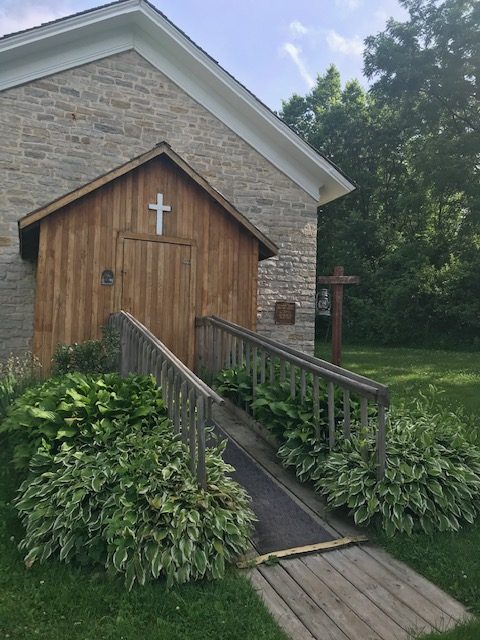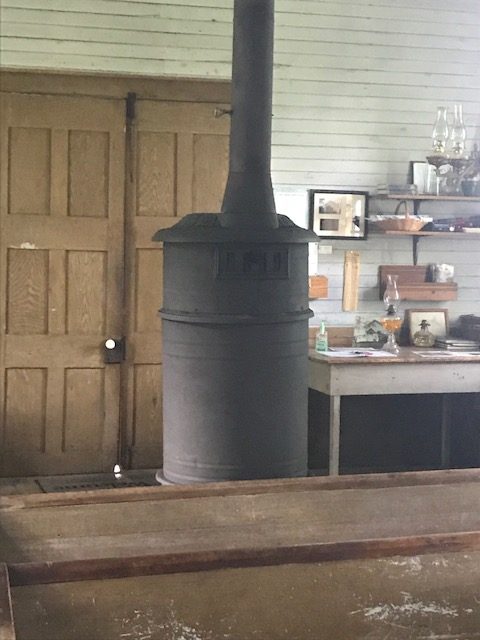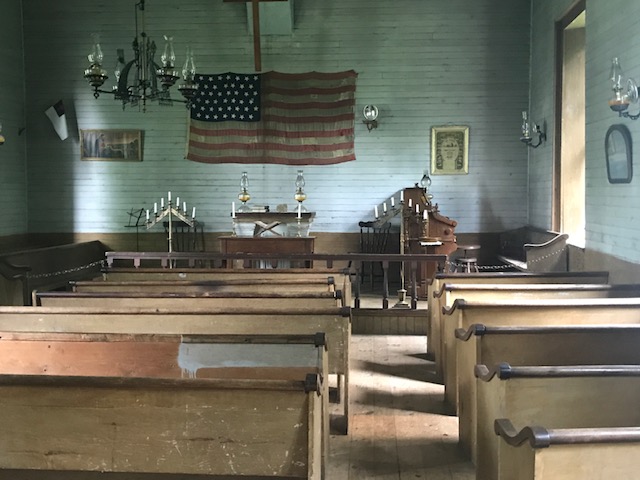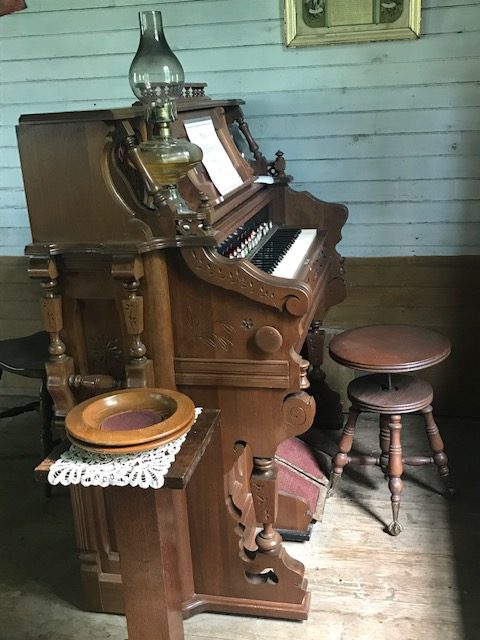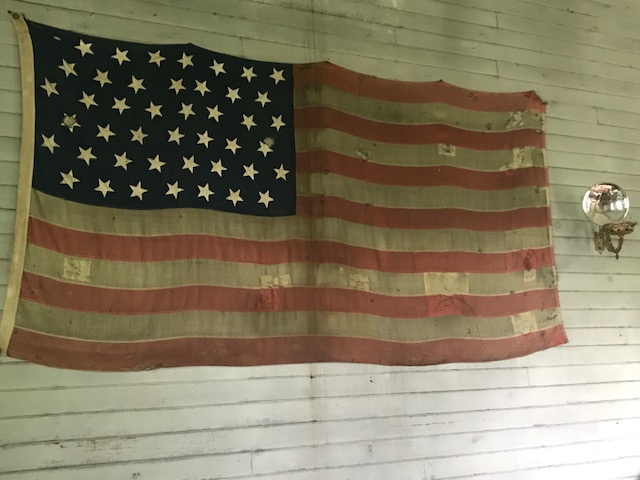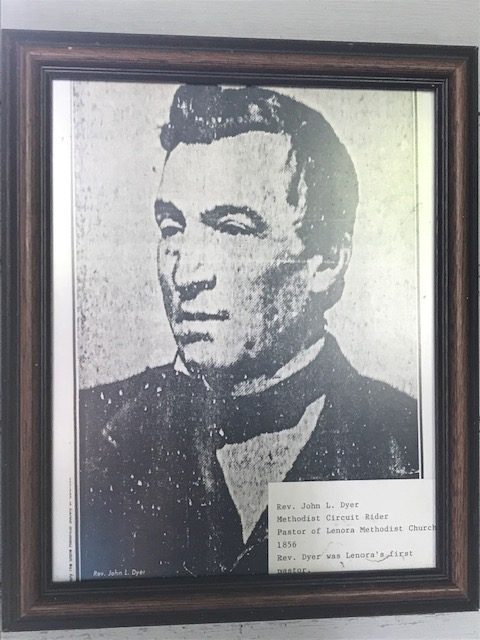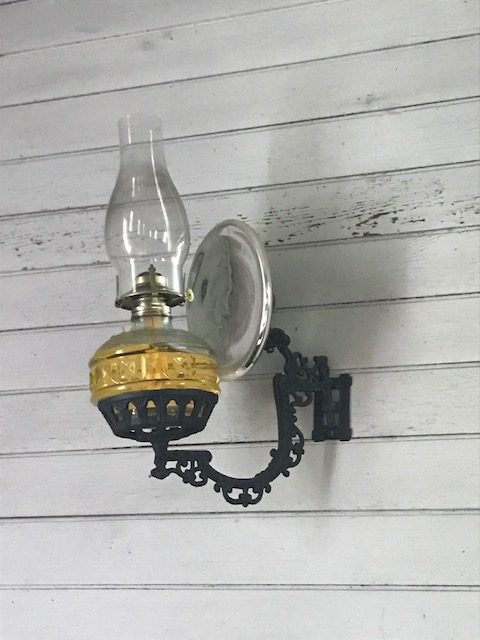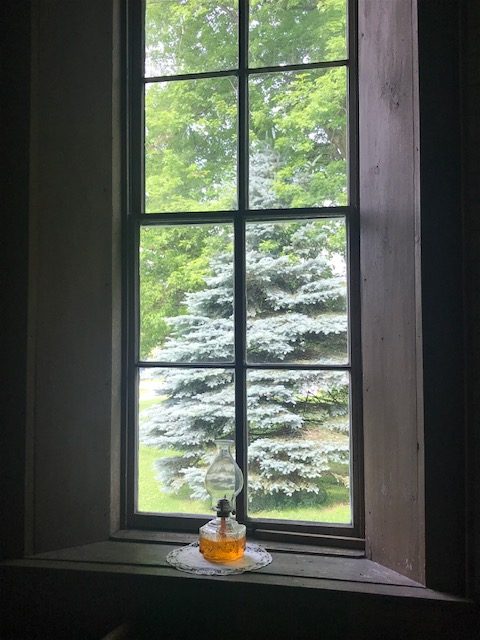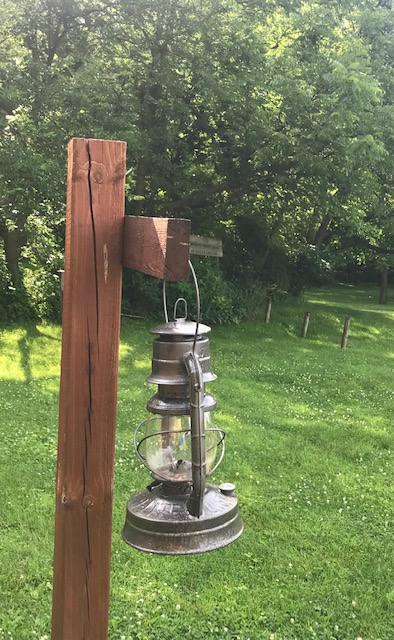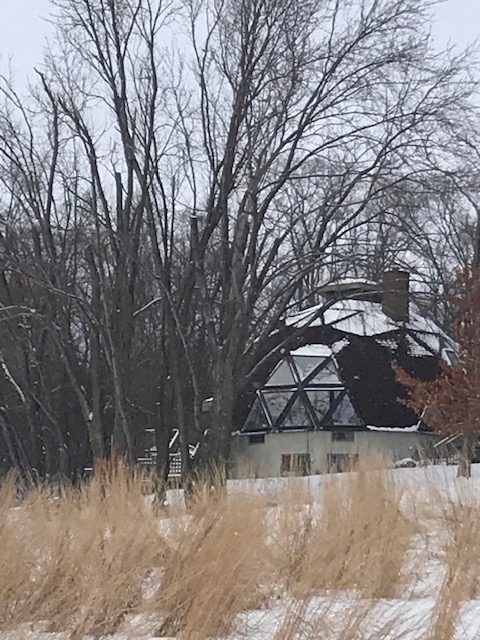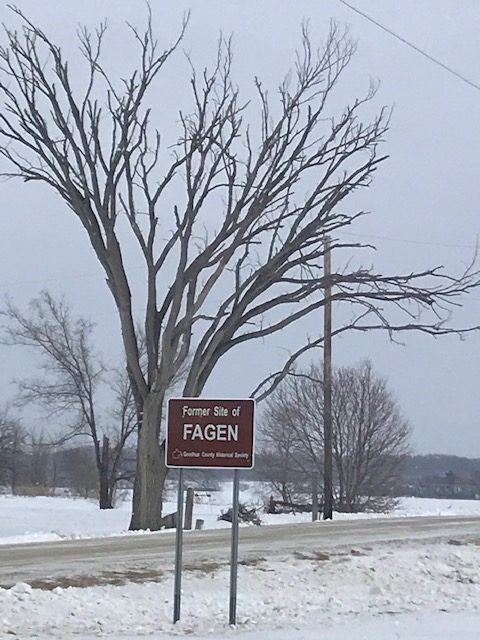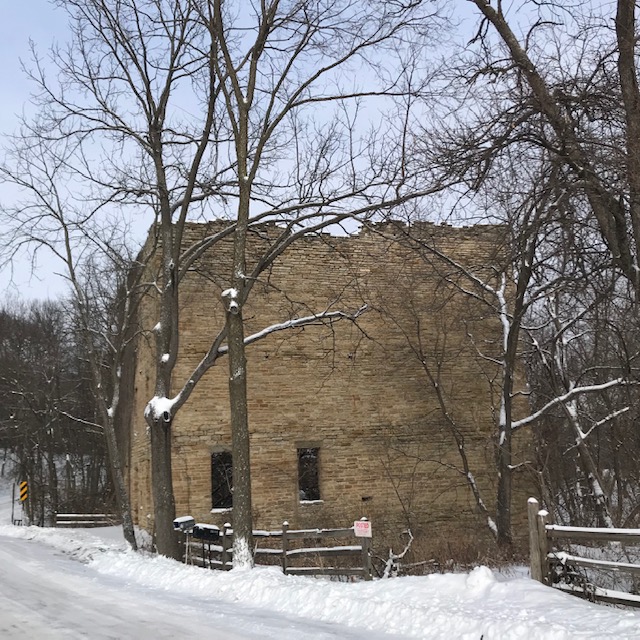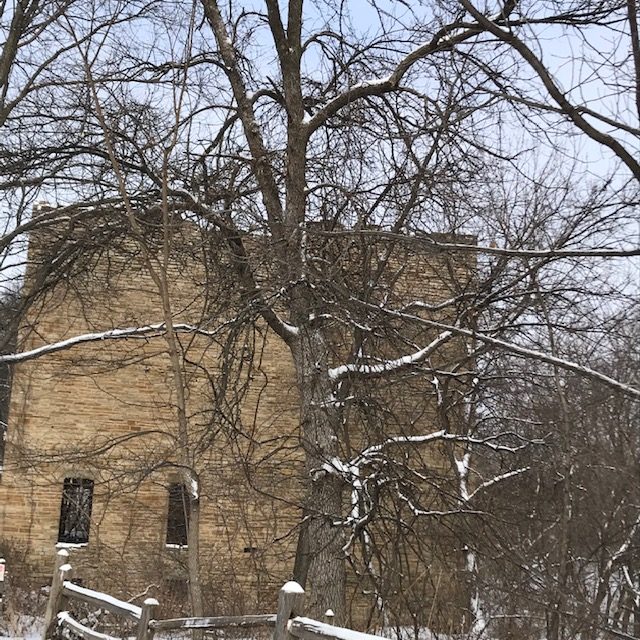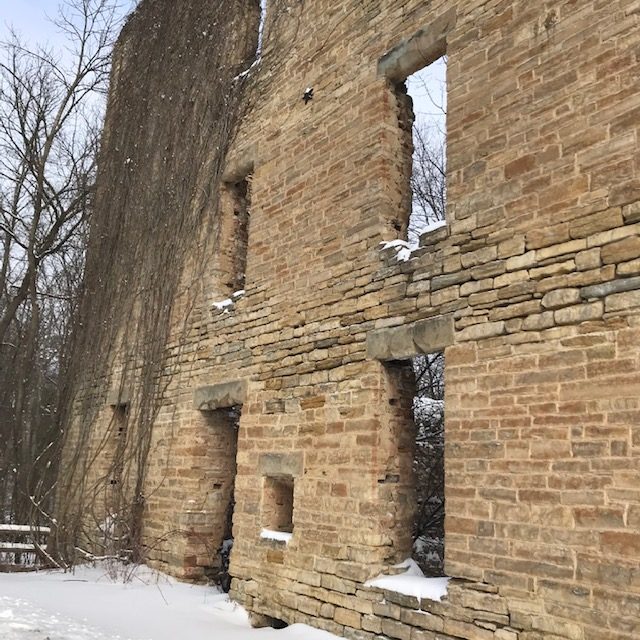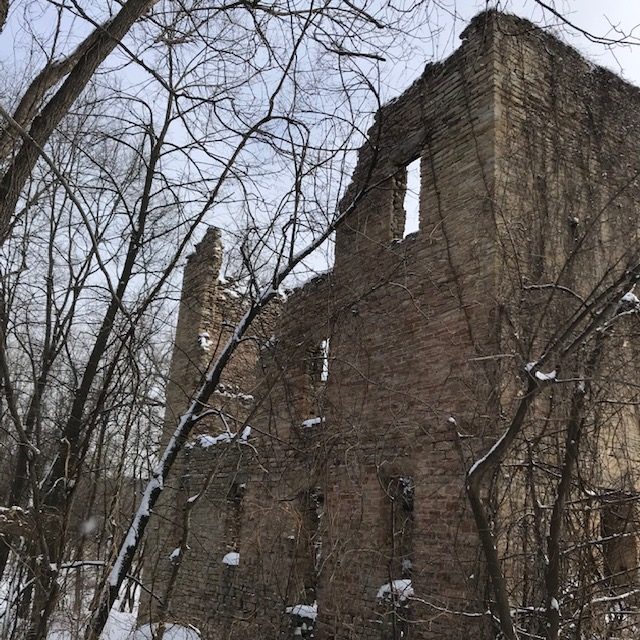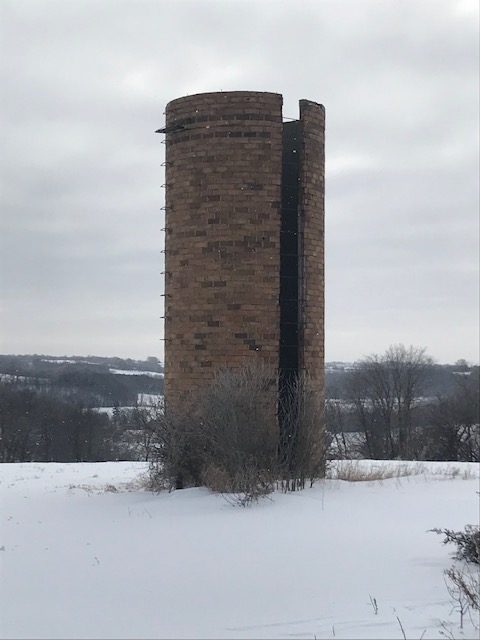It never ceases to amaze me…the chapel at Lakewood Cemetery, on Lake Bde Maka Ska (previously Lake Calhoun). My paternal grandparents, and a beloved aunt, are buried in this picturesque cemetery. That is how I discovered the chapel. I didn’t know about it before I went to the cemetery to see the family graves. Since my discovery, I do visit the chapel occasionally, and often bring friends or out-of-town guests there, if they have not seen the stunning chapel.
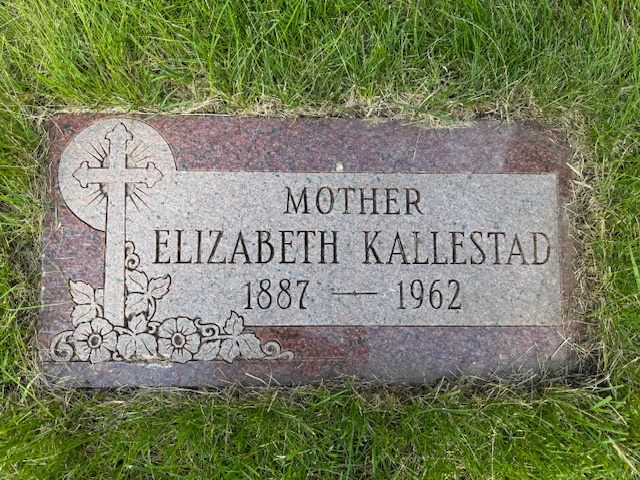
The cemetery itself seems like an extra special place. Two Hundred and Fifty acres of mature trees, lush grass, and rolling hills with magnificent tombstones and monuments. I learned on my last visit, the grounds of the cemetery are an accredited arboretum. I would assume my grandparents chose to lie in rest at this cemetery because of its beauty and proximity to a city lake. I know my grandmother loved the water, as do I. And as did Auntie Ag.
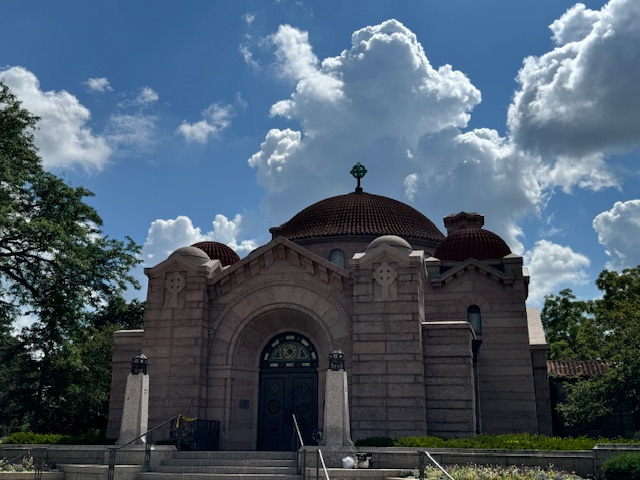
The Memorial Chapel was completed in 1910. It is the centerpiece of the cemetery. It is on the National Register of Historic Places, and it is a work of art; an excellent example of Byzantine mosaic art. I’m not sure why more attention isn’t given to this edifice. It is said, if this chapel were in Europe, thousands would visit it.
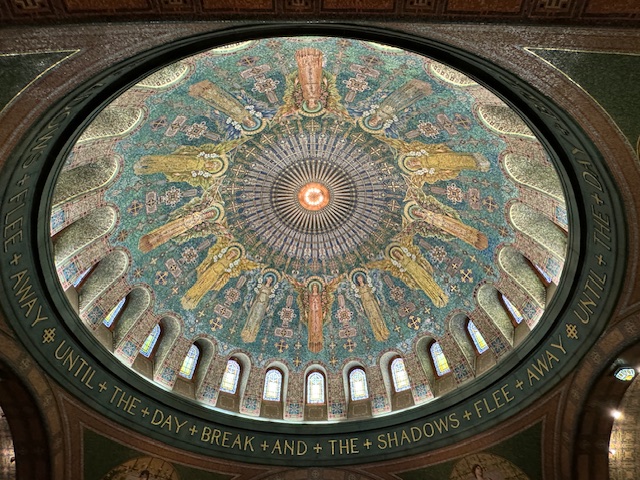
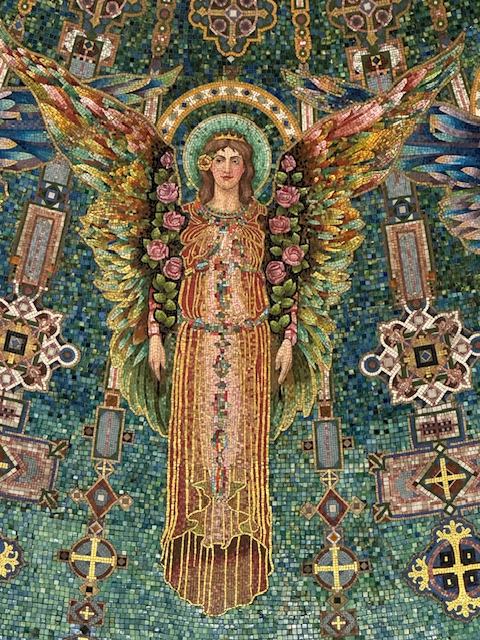
The chapel at Lakewood Cemetery is open to the public daily, when not reserved for special events, such as weddings or funerals. When we were there with our son and his family recently, there was a sound check going on so it was closed to the public, however a woman came over to us and said if we kept silent, she would open the doors so we could peak into the chapel to see the magnificent dome, its amazing walls, and its beautiful mosaic.
From the brochure:
"In 1906, Lakewood’s trustees formed a committee to guide the chapel development and solicit design concepts from leading architects.
In 1908 the Lakewood Building committee hired Harry Wild Jones, a prominent Minneapolis architect.
In 1909 the Lakewood Board of Trustees commissioned New York interior designer Charles Lamb to design the interior. He suggested a Byzantine mosaic design based on the interior of the San Marco Cathedral in Venice.
Lamb traveled to Rome to enlist six of Italy’s most accomplished mosaic artists, who had just completed a project at the Vatican. In Venice they created more than 10 million mosaic pieces, from marble, stone and glass fused with gold and silver [for the Lakewood Memorial Chapel].
The tiles, no larger than a fingernail, were attached to gummed cloth and shipped to Minneapolis. The artist themselves arrived in the summer of 1909 and painstakingly assembled the masterpiece inside the chapel."
The chapel was completed in 1910.
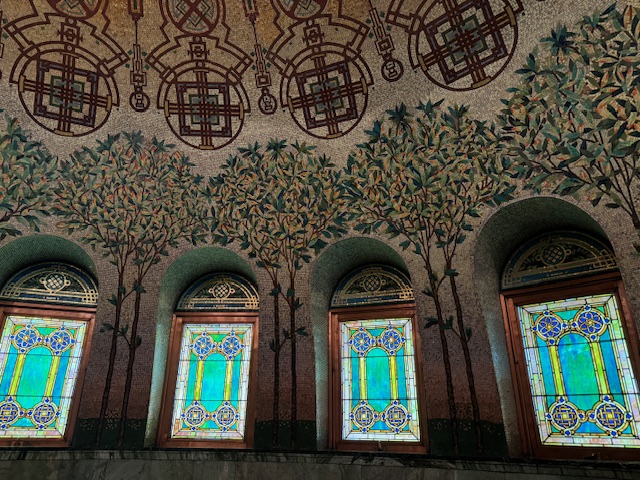
Today the chapel stands virtually unchanged in appearance from the day it was completed.

If I lived close to this impressive – dazzling – spectacular chapel, I’m confident I would find myself visiting more frequently, just sitting inside and being still.
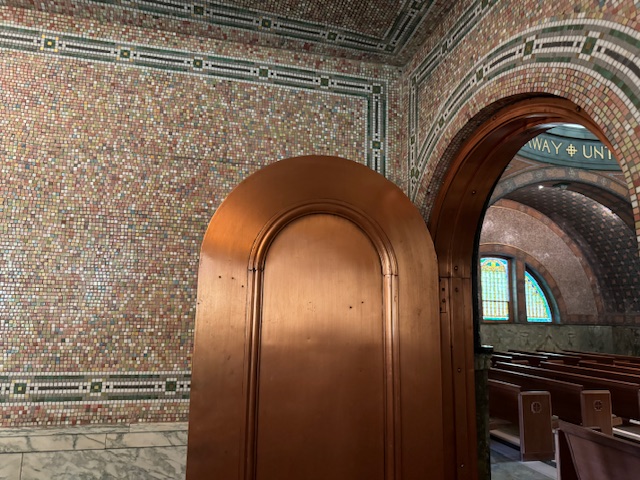
Be still and know that I am God.
Psalm 46:10

